Narcan Availability at Missouri S&T
Get free access to Narcan, a life saving treatment to reverse opioid overdose.
Narcan is available to S&T students and employees by request at no charge in the Student Well-Being Department (204 Norwood Hall) and Student Involvement (228C Havener Center) during normal hours of operation (Monday - Friday, 8am - 4:30pm), as well as in all S&T Residential Halls at the front desk. Narcan will be given judgement free, anonymously (personal information will not be collected), and will come with directions on how and when to use it.
- Always call 911 in the event of a potential opioid overdose. Rolla police officers and University police officers always carry Narcan on their person.
- Naloxone can temporarily reverse an overdose. It is not a substitute for medical treatment or detox.
- Naloxone has no effect on someone who does not have opioids in their system, so if in doubt use it.
Interested in receiving Narcan training for a group/department? Contact Student Well-Being here.
Missouri S&T is committed to our designation as a drug-free campus and is in compliance with the Drug-Free Schools and Campuses Act. For more information, please visit our Notice of Compliance page.
You are protected under the Missouri Good Samaritan Law!
Under the Good Samaritan Law, the person who seeks medical help and the person experiencing the medical emergency shall not be arrested, charged, prosecuted, or convicted resulting from minor drug and alcohol violations, when acting in good faith. Learn more at https://time2actmissouri.com/goodsamaritan.
"Stop the Bleed"
“Stop the Bleed” kits are distributed to each campus building (one for each building coordinator) for campus members to use in the event of an emergency. Flashlights and Narcan are added to these kits. The kits are purchased by Phelps County via the Opioid Settlement Fund.
Resources to Know
- University Police Department (UPD)- UPD often responds to 911 calls and each officer carries Narcan on their person. UPD is open and available 24/7.
- 573-341-4300 | police.mst.edu | police@mst.edu | 205 W 12th Street
- Miners For Recovery - Explore your behaviors, reflect on ideas for change, avoid negative consequences related to drugs and alcohol, and experience the support of a safe group. This group is not an abstinence-only group.
- 573-341-4211 | wellbeing@mst.edu | 204 Norwood Hall
- Substance Use Intervention Program - The goal of the Substance Use Intervention Program (SUIP) at Missouri S&T is to motivate students to reduce risky behaviors associated with substance use of any kind. SUIP will provide you with a structured opportunity to assess your own risk, identify potential changes that could work for you, and help you reduce your risk for developing future problems.
- 573-341-4211 | wellbeing@mst.edu | 204 Norwood Hall
- Narcotics Anonymous (NA) Meetings - Find and attend NA meetings in Rolla and surrounding areas.
- South Central Missouri NA | Nationwide NA | 1-800-945-HOPE
- American Addiction Centers
- Website | 580-470-0686
- Compass Health Network
- Website | 844-853-8937
- NoMoDeaths - Find agencies and organizations across the state that provide narcan for free or get it mailed directly to you.
- MoSafeRx Training - This training can help you to recognize the signs of prescription drug misuse and learn how to provide resources to someone who needs them.
- MACRO Collegiate Recovery Ally Training - This training was designed to help faculty, staff, and students support individuals in recovery from substance use disorders. The training covers: (1) substance use disorders and recovery, (2) myths and stigmas about substance use disorders, (3) using person first, recovery friendly language, and (4) how to support someone seeking, or already in, recovery. The training takes about 30 minutes to complete, and is intended to be completed in one session.
- Find more in-person and online resources using our Health and Well-Being Resource Directory.

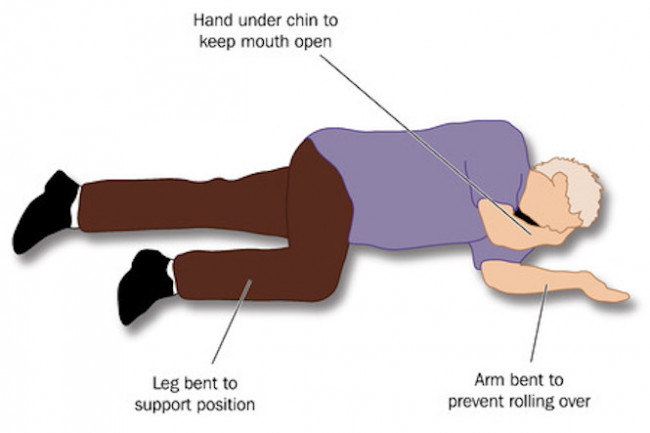
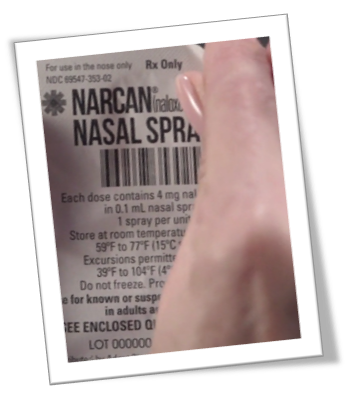
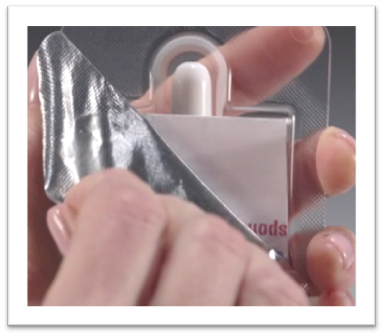
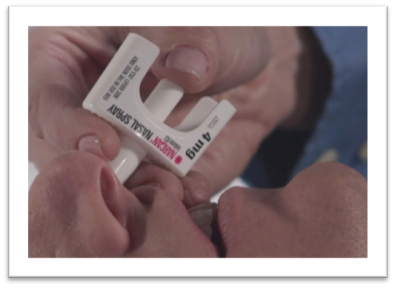
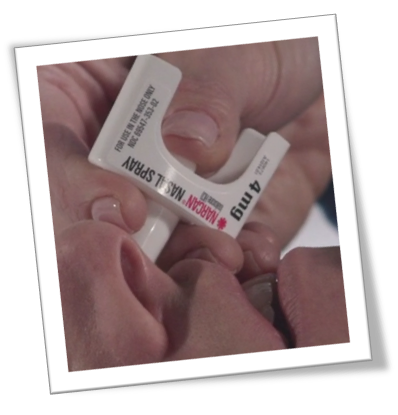
Follow Student Well-Being